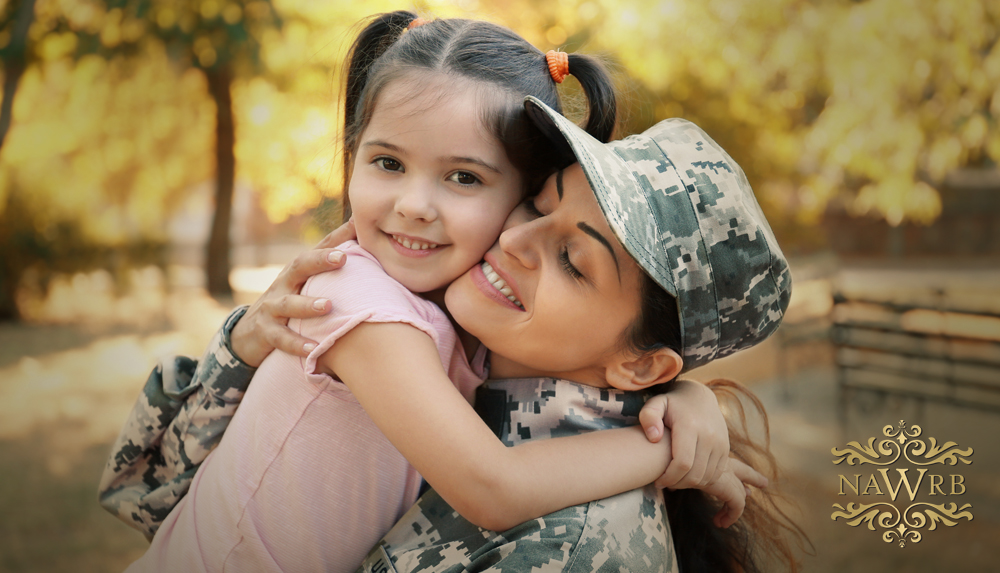A new report from the U.S. Census Bureau studies female veterans’ transition from military to civilian life. Utilizing three different age snapshots—early-career (ages 18 to 34), mid-career (ages 35 to 44) and late-career (ages 45 to 64)—the report found that early-career female veterans were more likely than female nonveterans of the same age to be married, in the labor force, and have a child.
“This report shows some key differences between female veterans and nonveterans in the various stages of their lives,” stated Daphne Lofquist, a U.S. Census Bureau demographer in the Social, Economic and Housing Statistics Division. “The differences are most prominent for those in the early-career age group. As they age, female veterans and nonveterans become more similar.”
Report Findings
- Early-career aged veteran women had higher rates of being married (45.1 percent) than nonveteran women in the same age group (29.6 percent)
- Early-career veteran women had a higher percentage of having a child under 18 years old living in the household (49.1 percent compared to 33.4 percent of nonveteran women)
- The median age of early-career veteran women was older than their nonveteran counterparts (30 years compared with 26 years)
- Employed early-career veteran women had higher rates of working full-time, year-round, 68.7 percent, compared to 54.9 percent for nonveteran women
Furthermore, the report reveals that early-career female veterans were less likely than their nonveteran counterparts to have a college degree, while mid- and late-career female veterans were more likely to have a bachelor’s degree than female nonveterans in the same age group.
Female veterans, across all age groups, were more likely to be employed, enrolled in college, working full-time, working in the government, and have higher median earnings than female nonveterans.
As the report articulates, female veterans—representing 8.4 percent of the veteran population and 1.2 percent of the adult female population—are frequently an under-studied subpopulation. Fortunately, these latest findings demonstrate that female veterans are effectively transitioning to civilian life and positioning themselves for continued success in the future.

 Login
Login

